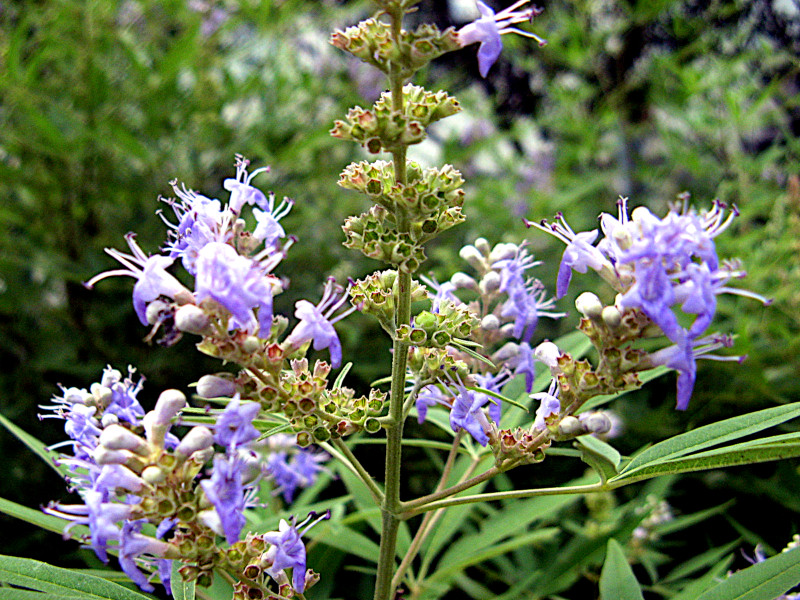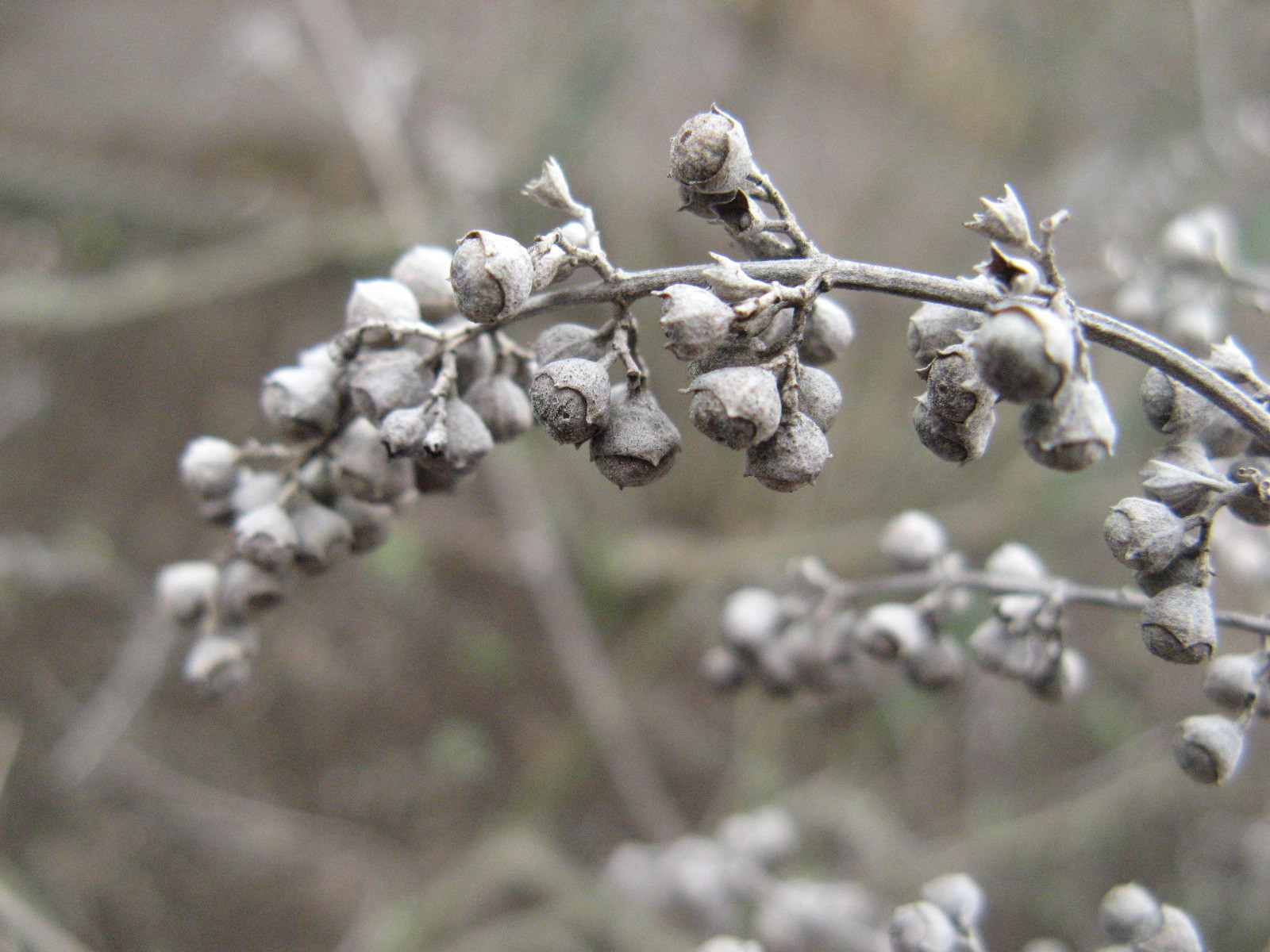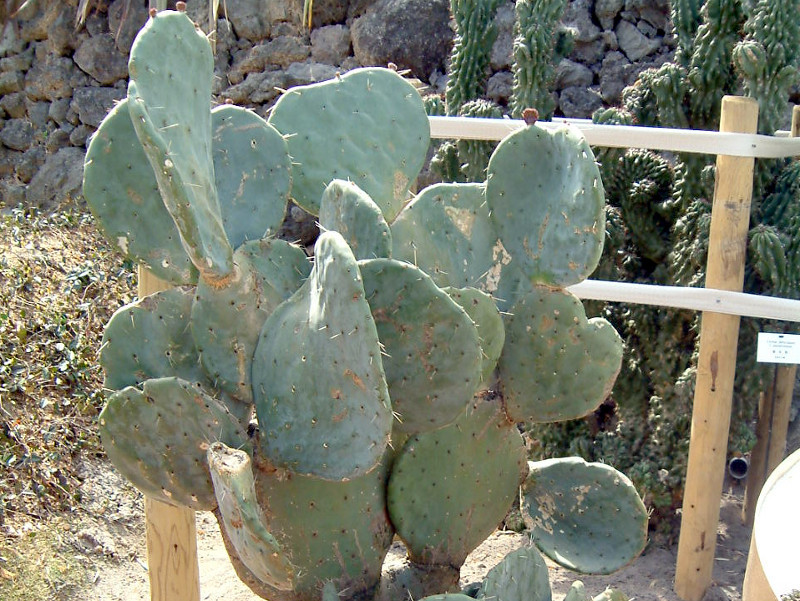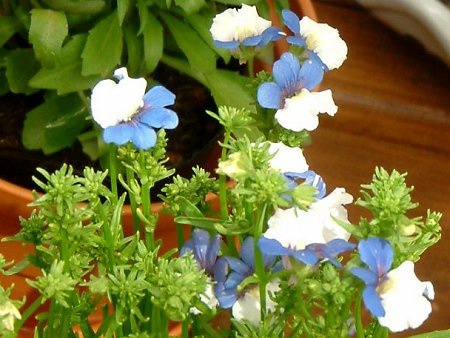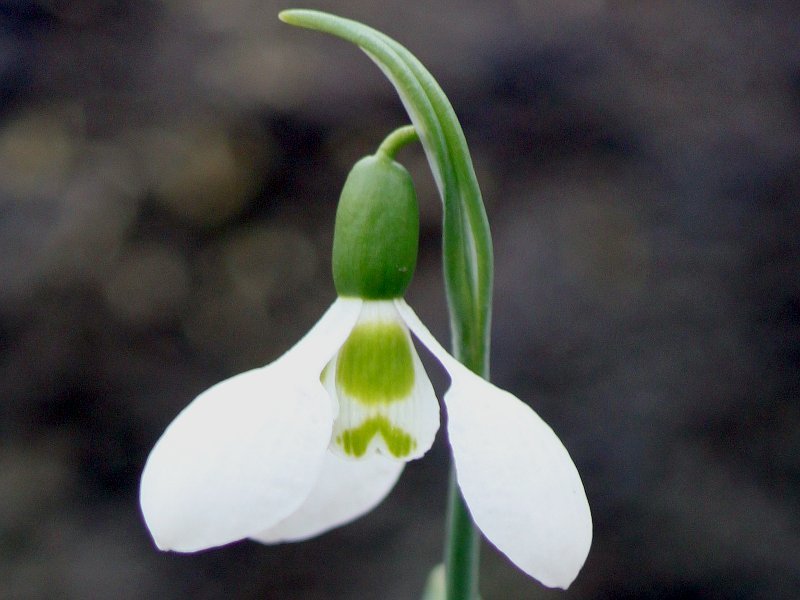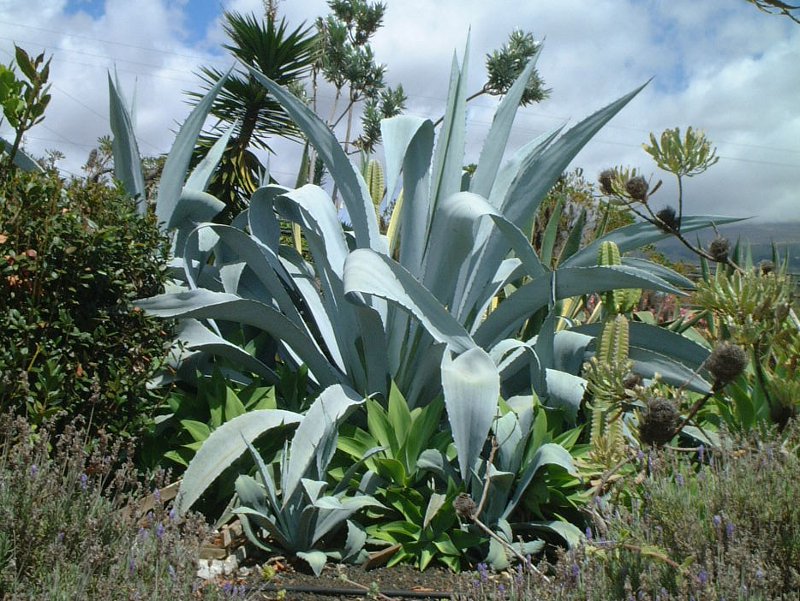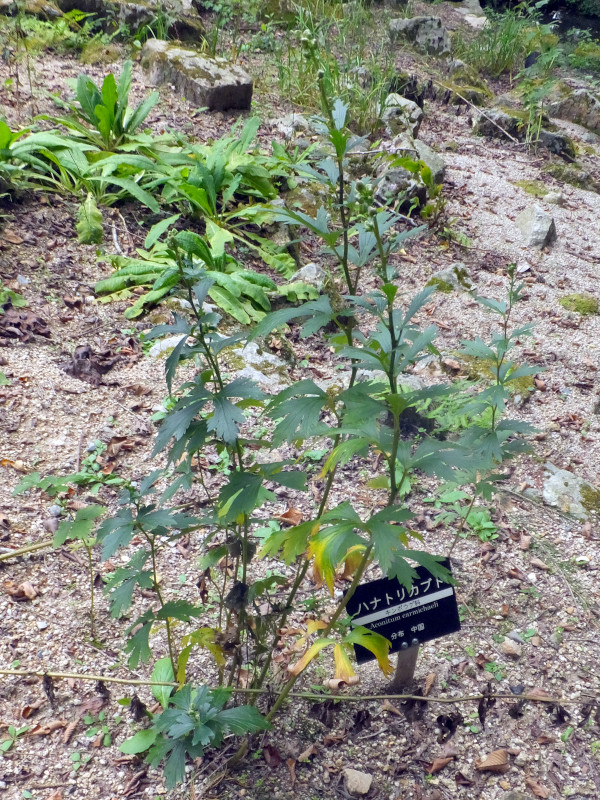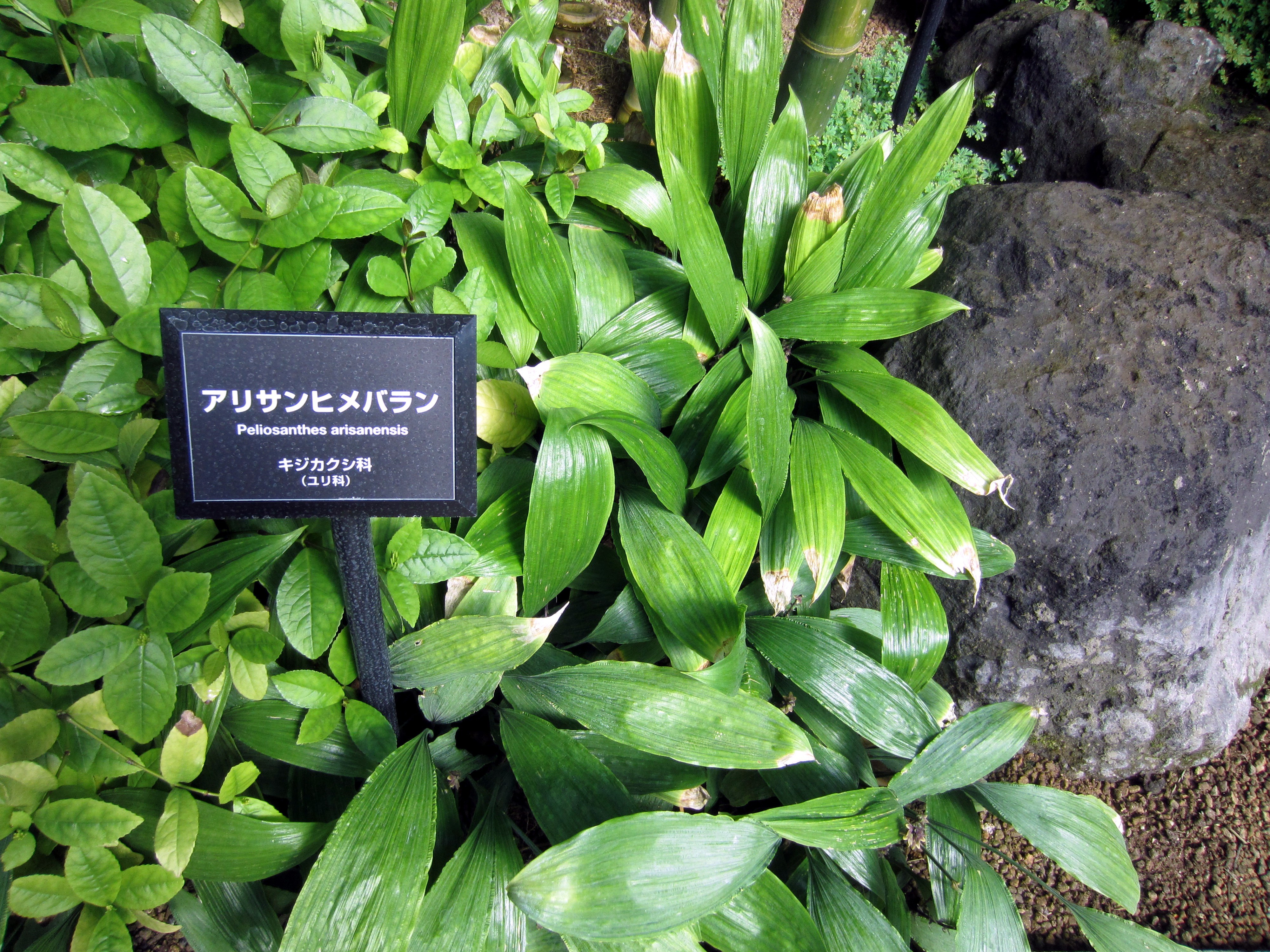Chaste tree
- Flower nameChaste tree
- Scientific nameVitex agnus-castus
- Aliasヴィテックス, Chaste tree, 西洋人参木, Vitex
- Place of originSouthern Europe, West Asia
- Place of floweringGarden
- Flowering seasonAugust, September
What is Chaste tree
Vitex (scientific name: Vitex agnus-castus) is native to South Europe and West Asia and is a cold-resistant deciduous shrub of the family Lamiaceae In the summer, extend the spiked inflorescence from the branches and axiles and attach a number of light blue purple (or white) florets. Flower is a lip shape peculiar to the Labiatae family, the lower lip is 3 tears, and the central cleft is large. Flowers have faint fragrance and are considered fragrance. Also, it is said that there is medicinal effect to prepare female hormones. The flower name is similar to the ginseng (ginseng, scientific name: Panax ginseng), whose palm-shaped leaf shape is similar to that of European origin. In a similar flower there is a carrot of the same family belonging to the same family and native to China (carrot tree, scientific name: Vitex cannabifolia Sieb. Et Zucc.). The difference between them is to distinguish by the number of leaflets whether saw tooth exists on the leaf edge. Carrot carrots are all edges, leaflets are 5 to 7, carrots have large serrations and leaflets are 3 to 5 sheets.
Common name: vitex , scientific name: Vitex agnus-castus, aka: chaste tree, Place of Origin: Southern Europe, West Asia, Life Type: Cold resistant deciduous shrubs, height of plant height: 200 to 800 cm, leaf shape: 5 to 7 petiform compound leaves, leaf shape: needle shaped, leaf margin: all edges, leaves Introduction: Birth, leaf color: green, leaf color: gray white, flower color: light blue violet, white, inflorescence form: spiked inflorescence, high inflorescence height: 15 cm, flowering period: August - September, flower diameter: 1 cm, fruit Type: stone fruit, fruit shape: spherical shape.
